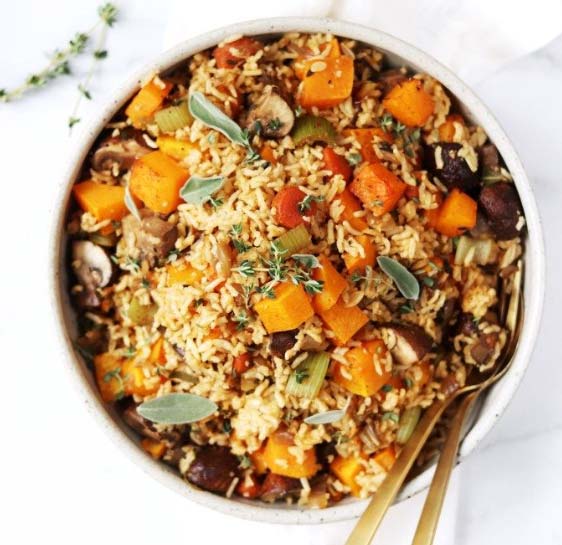The parboiling process was developed in the USA. Through this refining process the vitamins and minerals found in rice can be retained in the milled rice. Parboiling does not affect the cooking time.
Hover over or tap on the numbers to learn more

Phase 1
After cleaning, the rice is placed in a vacuum tank and air is extracted from the raw rice using a low pressure.

Phase 2
A hot water soak draws water-soluble vitamins and minerals from the bran layers and the germ.

Phase 3
Via high pressure and steam, these water-soluble nutrients are pressed into the endosperm. A second steam treatment locks the nutrients into the grain.
.

Phase 4
Excess water is extracted by low pressure. The parboiling process gelatinises the starch in the endosperm thereby producing extra fluffy cooked rice.
Advantages
With its improved cooking qualities, American parboiled rice does not stick whilst cooking, and also remains fluffy and firm when kept warm.
American parboiled rice absorbs more water, and so is more economical than traditional milled rice, an important aspect for professional kitchens.
This makes the cost effectiveness unbeatable.
And even after milling, American parboiled rice still contains 80% of the original vitamins and minerals- a particularly valuable contribution to a healthy daily diet.




